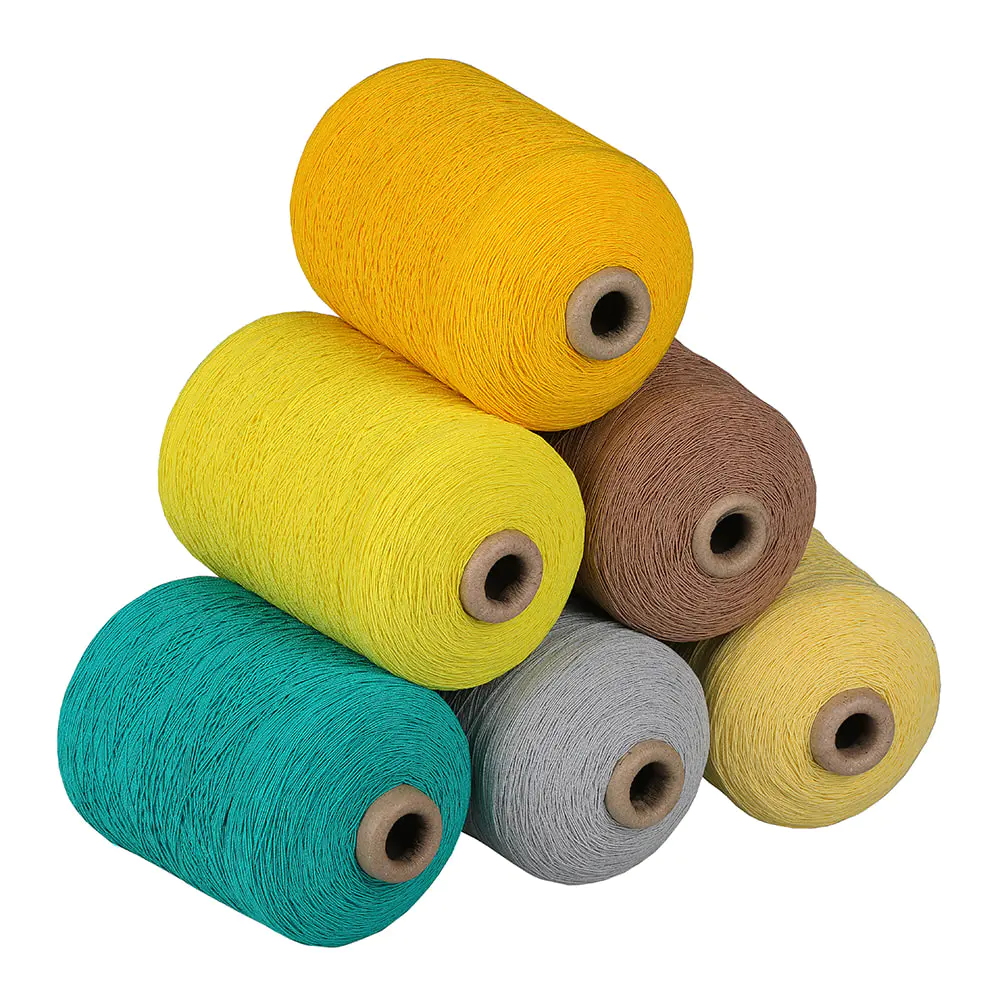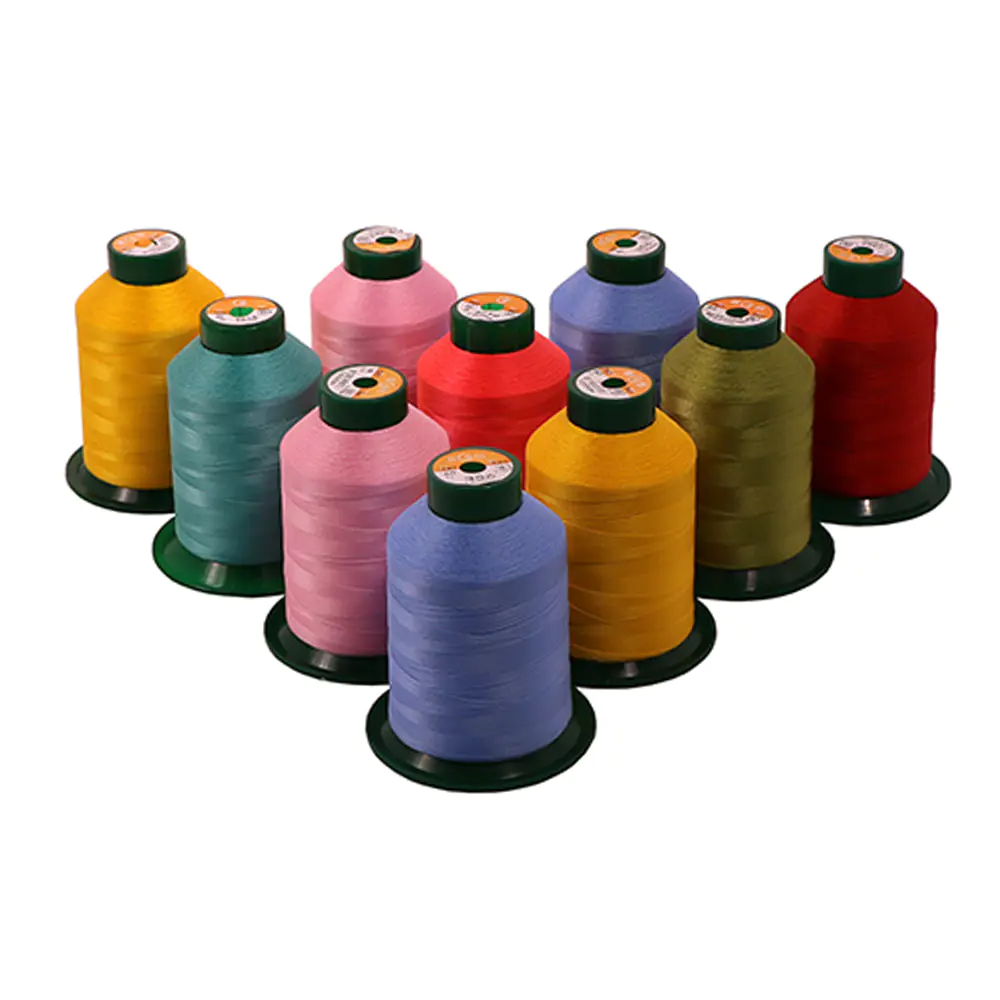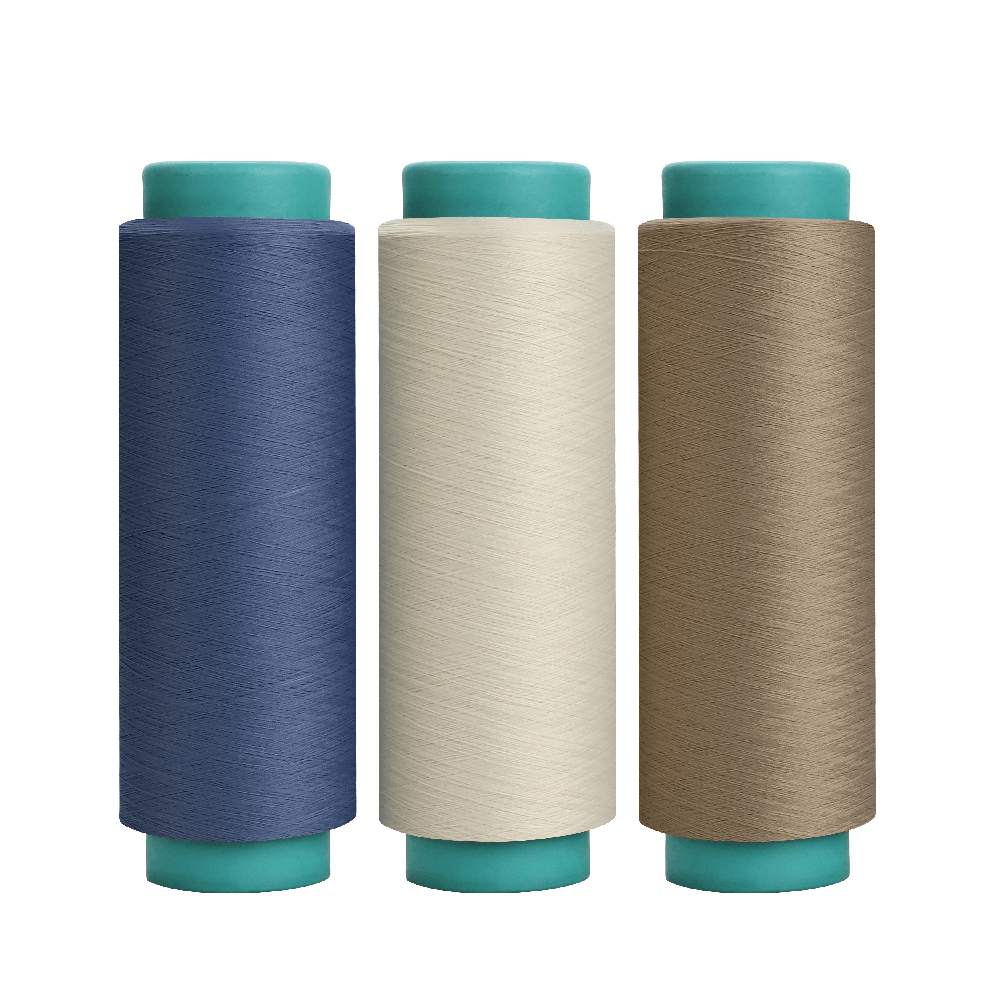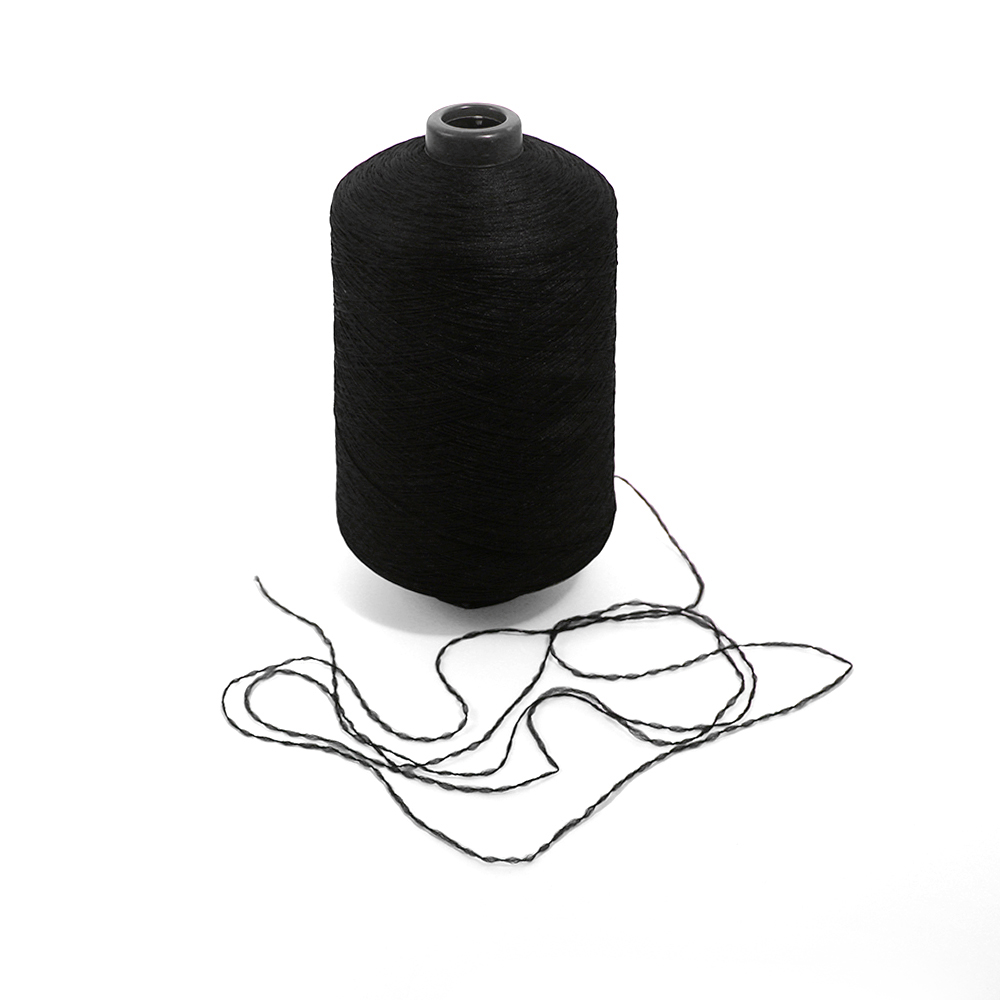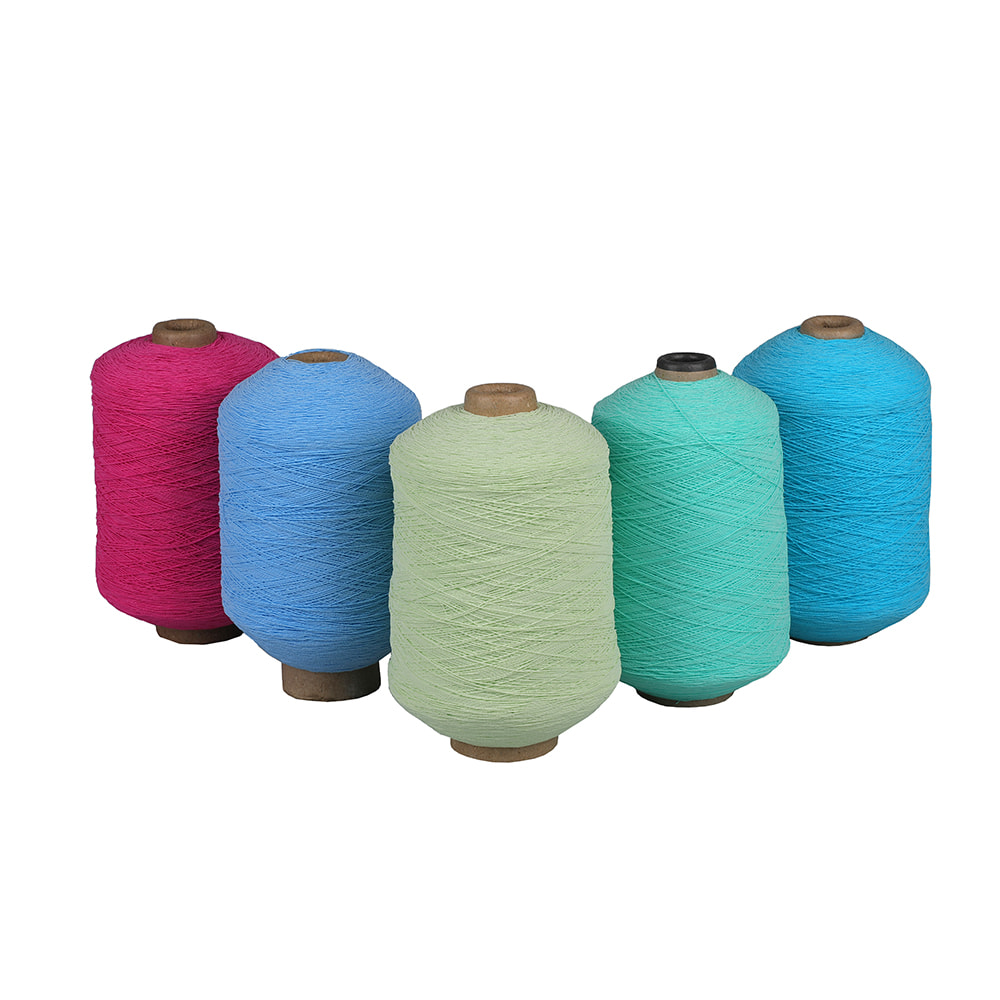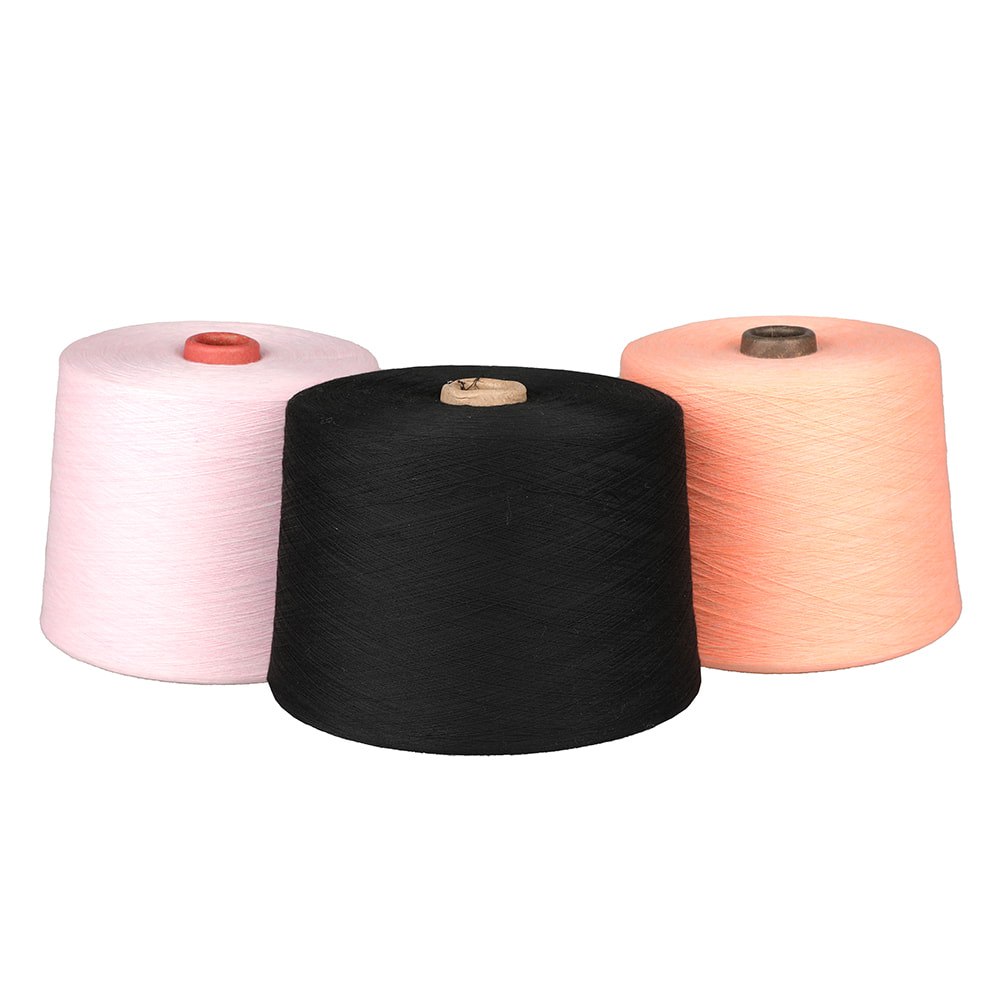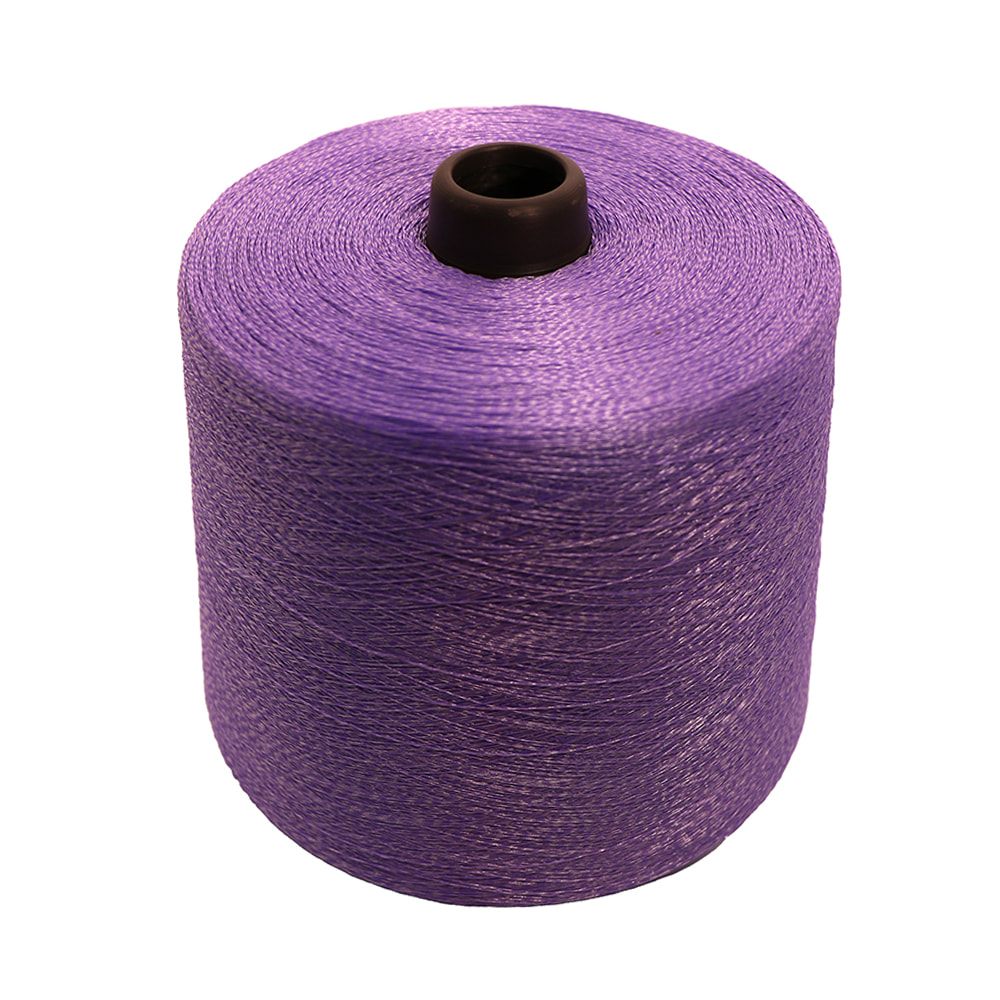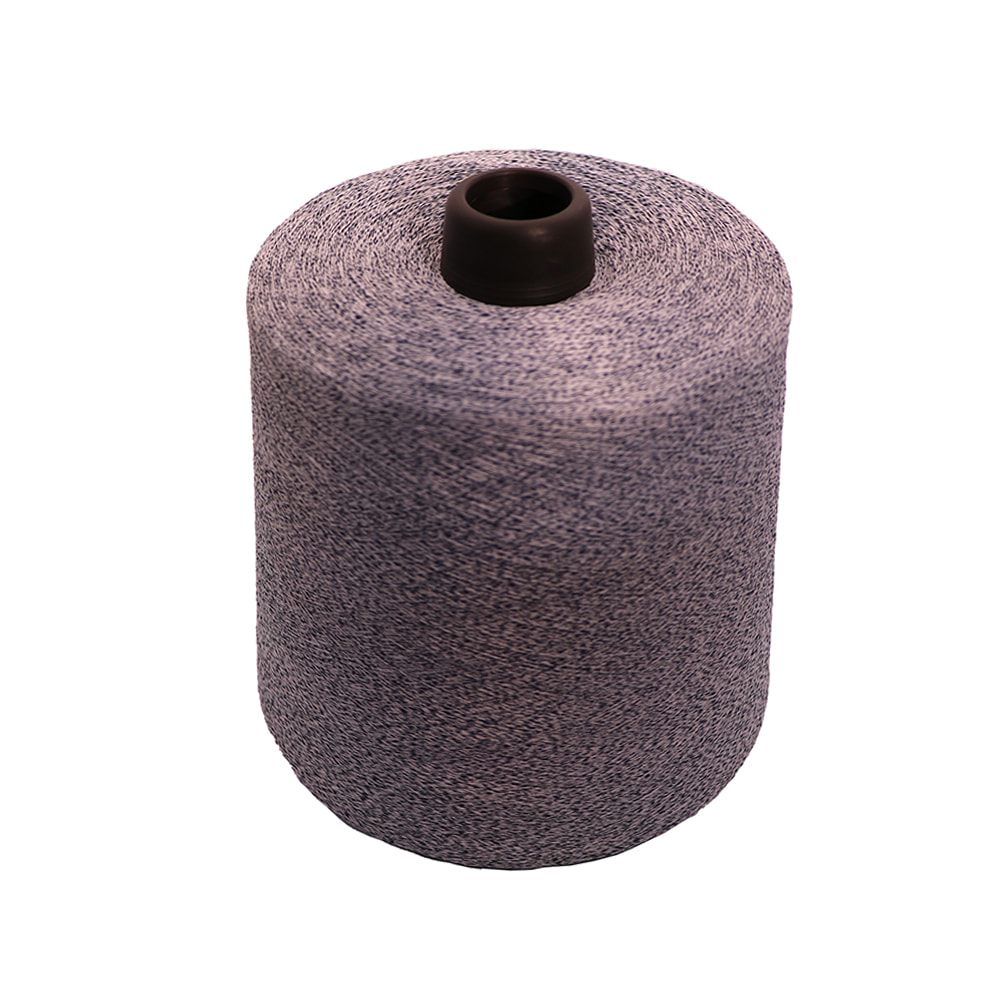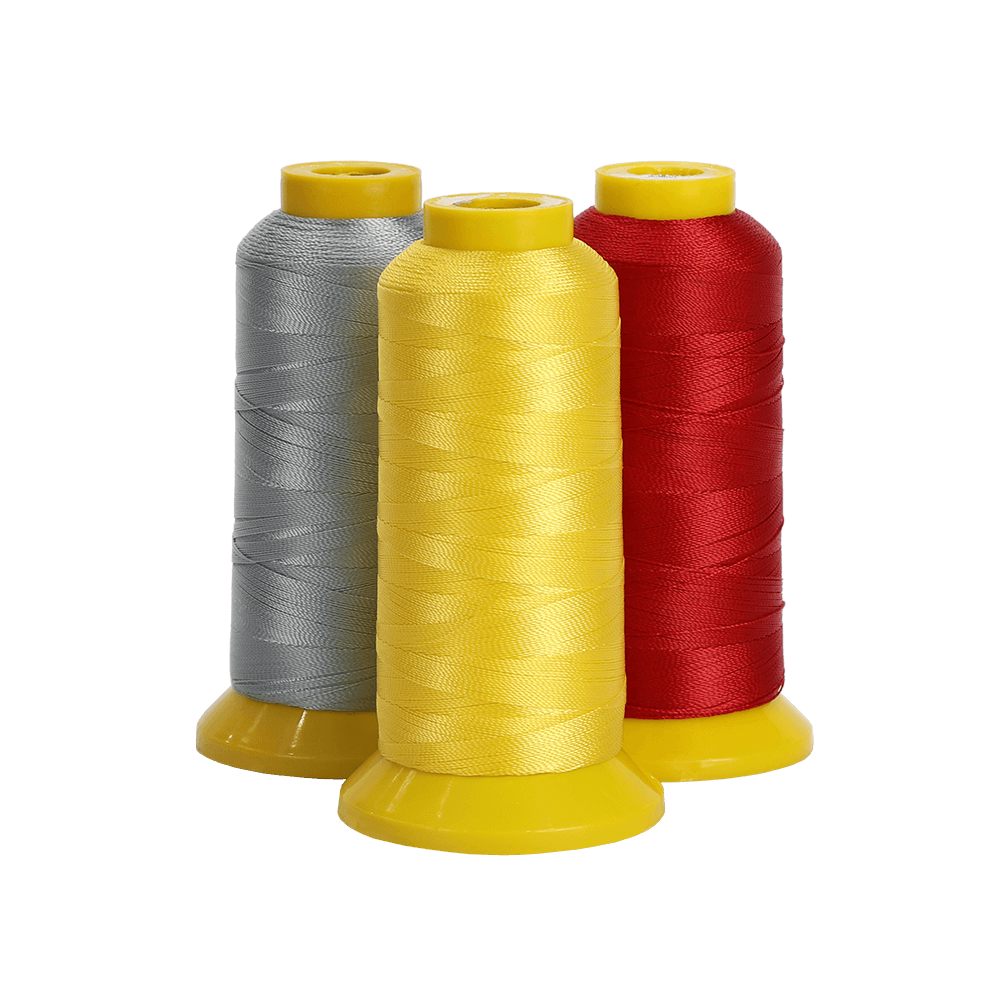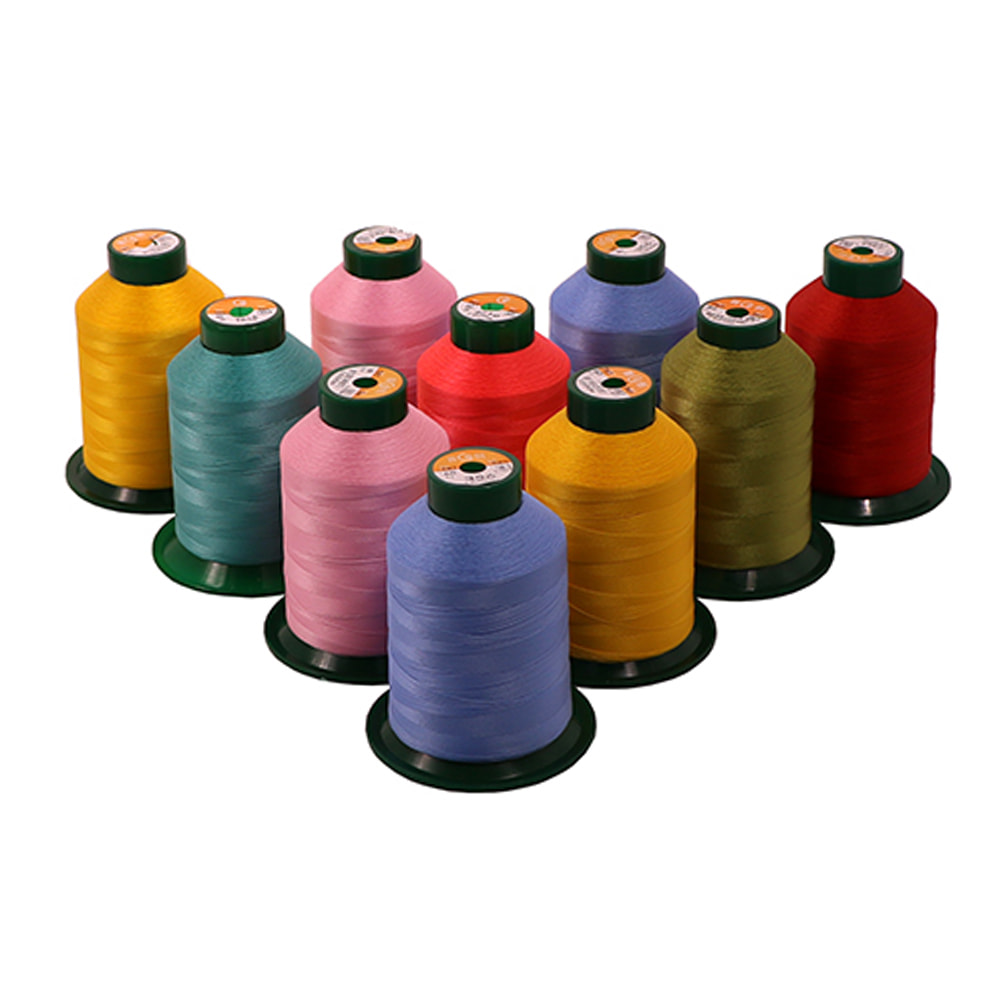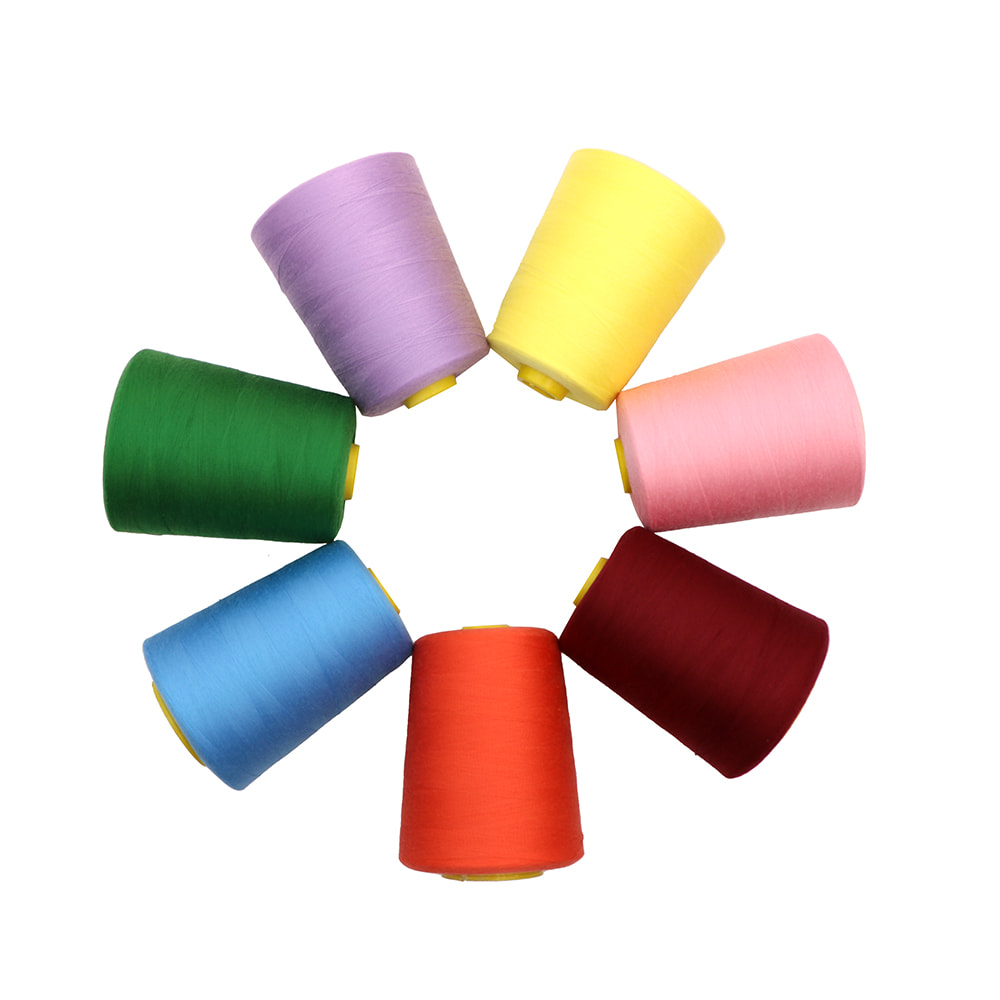1. Innovation in new coating technology
The production process of Colored Polyester Covered Yarn involves coating fine yarn (usually polyester fiber) on elastic yarn or other base yarn to form a yarn with specific properties. Traditional coating processes usually use simple coating methods, while modern innovative coating technologies have made breakthroughs in the following aspects:
(1) Spinning coating technology
The traditional coating process usually uses a spinning machine to coat the yarn, but with the development of textile technology, spinneret coating technology has gradually become the mainstream. This technology uses a special spinning device to coat polyester fiber on the base yarn. The spinning method can not only achieve more uniform coating, but also reduce the common yarn breakage problem in traditional processes. Spinneret coating technology makes the surface of Colored Polyester Covered Yarn smoother and the color is fuller and more uniform.
(2) Electronically controlled coating technology
With the advancement of automation technology, electronically controlled coating technology has been widely used in production processes. Through the electronic control system, parameters such as the tension, speed and covering angle of the covered yarn can be precisely adjusted, avoiding the quality instability problem caused by improper operation in the traditional process. Electronic control technology not only improves production efficiency, but also significantly improves the quality consistency and stability of Colored Polyester Covered Yarn.
2. Innovation in color management and dyeing technology
Color is one of the core characteristics of Colored Polyester Covered Yarn, so the innovation of dyeing technology is crucial to the production process. In recent years, with the increasing demand for environmental protection and efficient production, dyeing technology has also undergone significant changes.
(1) Waterless dyeing technology
Traditional dyeing processes use a lot of water resources, and with the improvement of environmental protection requirements, many manufacturers have begun to adopt waterless dyeing technology. Waterless dyeing can dye yarn without using water through special dyes and chemical reactions, greatly reducing water pollution and wastewater discharge in the production process. This technology not only meets the requirements of sustainable development, but also improves dyeing efficiency and reduces production costs.
(2) Solvent dyeing and supercritical carbon dioxide dyeing technology
Solvent dyeing technology is a technology that uses organic solvents instead of water for dyeing. This technology dissolves the dye through the solvent, allowing the dye to penetrate into the fiber, thereby achieving color uniformity. Supercritical carbon dioxide dyeing technology uses supercritical carbon dioxide (SC-CO2) as a dyeing medium to allow the dye to quickly penetrate into the fiber without the need for a large amount of water and energy, achieving a fast, environmentally friendly, and low-energy dyeing effect. These innovative dyeing technologies not only improve the stability and saturation of colors, but also reduce environmental pollution, meeting the sustainability requirements of modern textiles.
(3) Intelligent dyeing system
The intelligent dyeing system uses the Internet of Things, big data, and artificial intelligence technologies to monitor and analyze the dyeing process throughout the process. By real-time monitoring of key parameters such as the concentration, temperature, and pH value of the dyeing solution, the system can automatically adjust the dyeing conditions to ensure the consistency and accuracy of the dyeing process. This intelligent dyeing method greatly improves the efficiency and quality of dyeing, making the color of each batch of dyed yarn more uniform and in line with customer requirements.
3. Innovation in fiber and coating materials
In addition to the innovation of dyeing and coating technology, the raw material selection and material innovation of Colored Polyester Covered Yarn also have a profound impact on its performance.
(1) Use of high-performance polyester fibers
As the textile market's demand for high performance, durability, and environmental protection increases, high-performance polyester fibers have begun to be widely used in the production of Colored Polyester Covered Yarn. For example, the use of polyester fibers with high temperature resistance, UV resistance, and anti-static properties as base yarns can greatly improve the durability and applicability of covered yarns. In addition, modified polyesters (such as antibacterial and water-resistant polyesters) have also begun to be used in the production of Colored Polyester Covered Yarn, making it not only advantageous in appearance but also able to meet functional requirements.
(2) Application of environmentally friendly covering materials
As the world pays more attention to environmental issues, more and more manufacturers have begun to use recyclable materials or bio-based materials as covering materials. For example, the use of bio-based polyester instead of traditional petroleum-based polyester reduces dependence on petroleum resources and reduces carbon footprint while ensuring yarn performance. In addition, the use of environmentally friendly coatings and dyes makes the dyeing process more environmentally friendly and in line with green production standards.
(3) Application of nanotechnology
In some high-end markets, the surface treatment of Colored Polyester Covered Yarn uses nanotechnology to enhance the water resistance, stain resistance and UV resistance of the yarn. Nano coating can not only improve the durability of the yarn, but also enhance its antibacterial and antistatic functions to meet the increasingly diverse market needs.
4. Intelligent production and automation process
With the popularization of artificial intelligence and automation technology, the production process of Colored Polyester Covered Yarn is also moving towards a more intelligent and automated direction.
(1) Integration of automated production lines
Modern production lines integrate computer control systems, automation equipment and intelligent monitoring systems to produce, cover, dye and wind yarns in an automated manner. This automated production line not only improves production efficiency, but also reduces errors in manual operations, making product quality more stable and consistent.
(2) Application of Internet of Things technology
The introduction of Internet of Things technology enables production equipment to collect data in real time, remotely monitor equipment operating status, and optimize the production process. Through data analysis, the production management system can predict equipment failures and production bottlenecks, and make timely adjustments and corrections, thereby improving production efficiency and reducing downtime.
5. Personalized customization and small batch production
As the market demand for personalized and customized products grows, the production process of Colored Polyester Covered Yarn is gradually developing in the direction of small batches and diversification. The use of a quick-response production model and a flexible production line enables manufacturers to meet customers' personalized needs in a short period of time and provide customized colors, special functions or small batch production services.
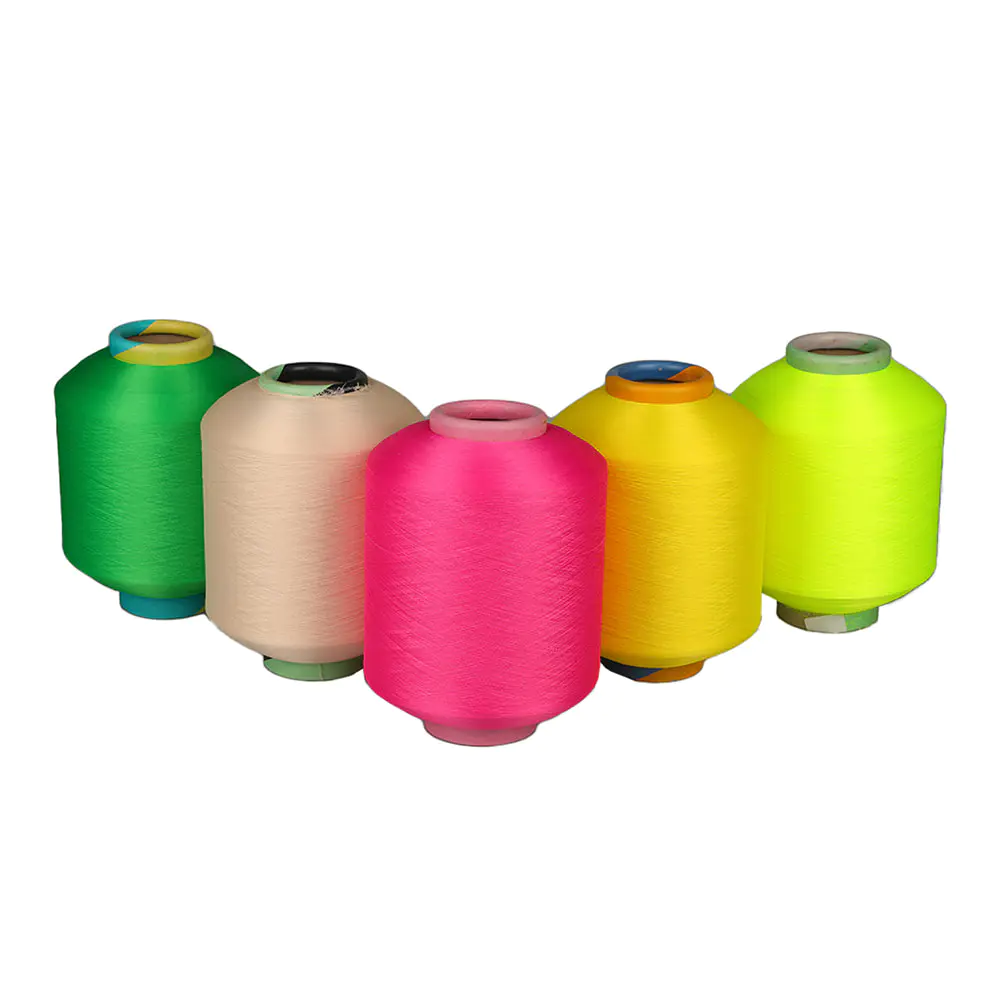

 English
English 中文简体
中文简体 Español
Español